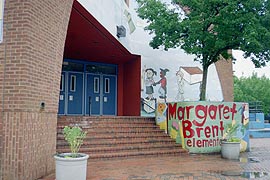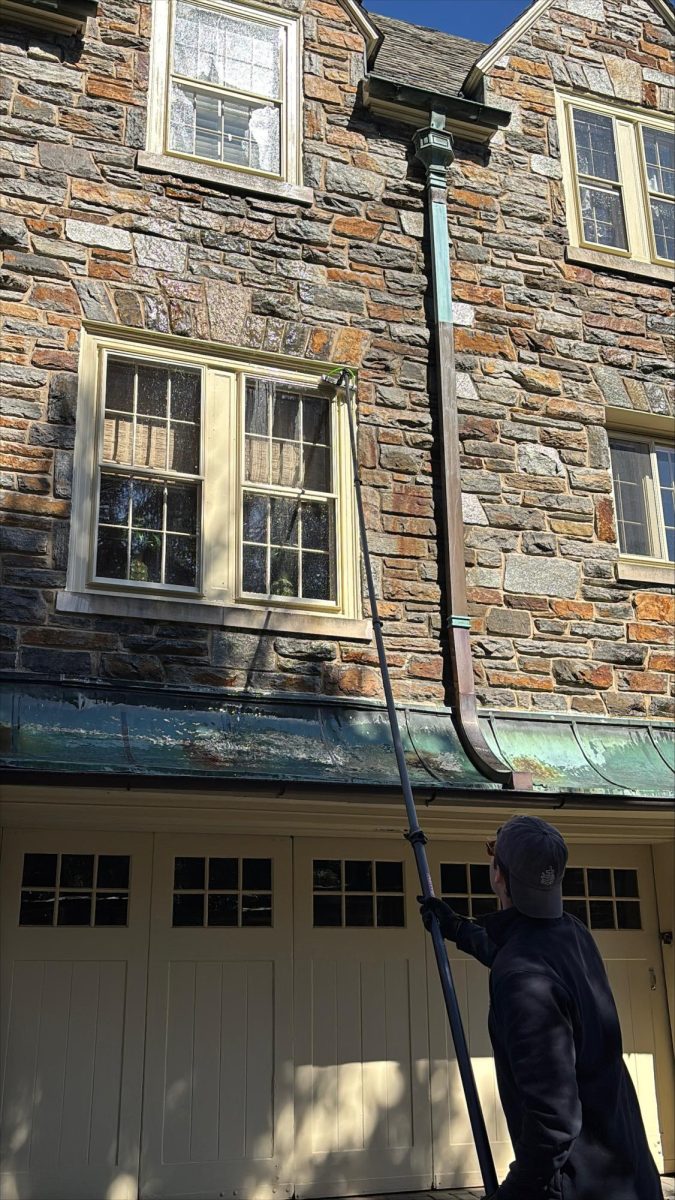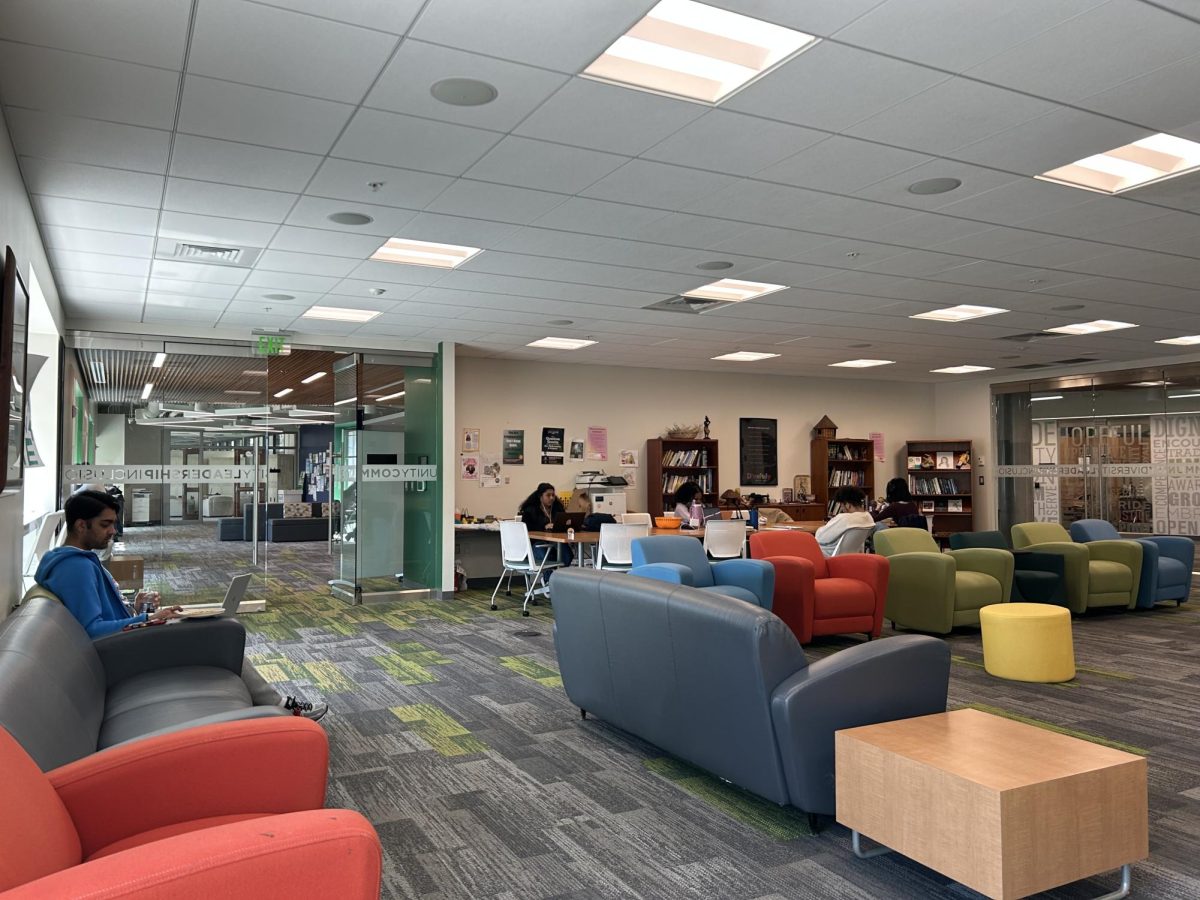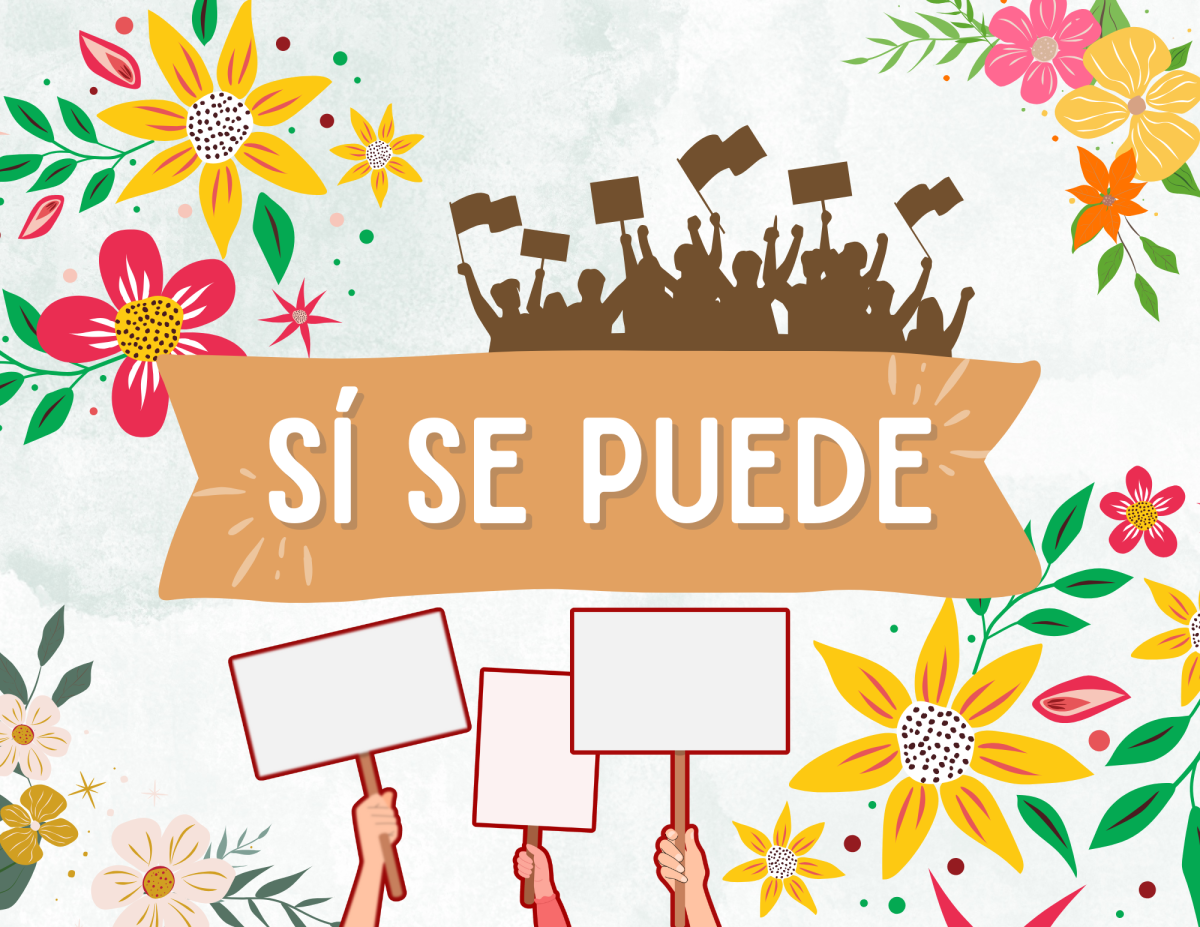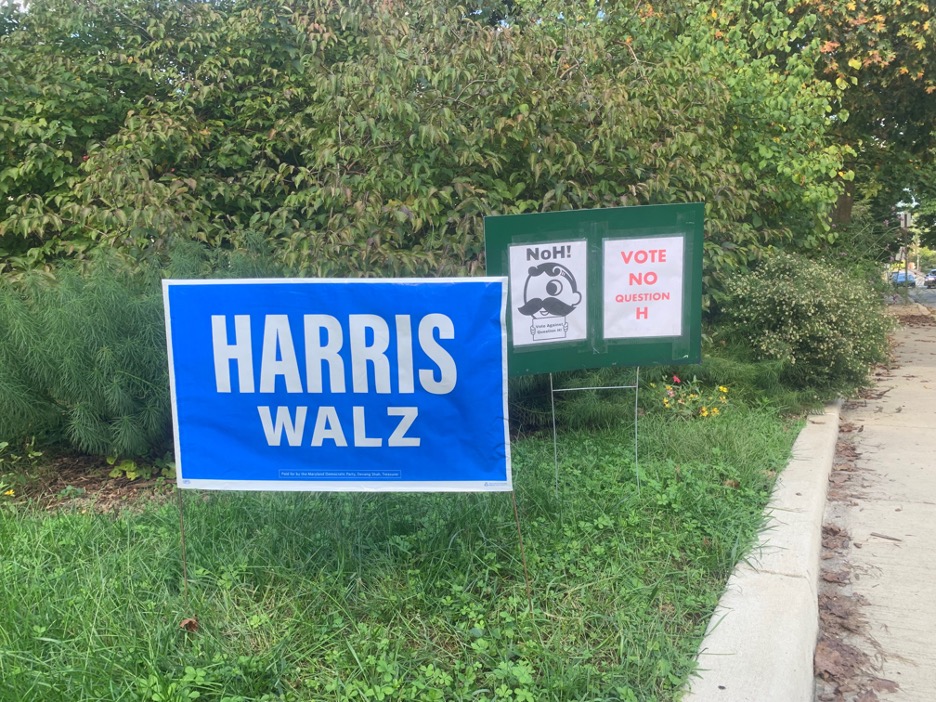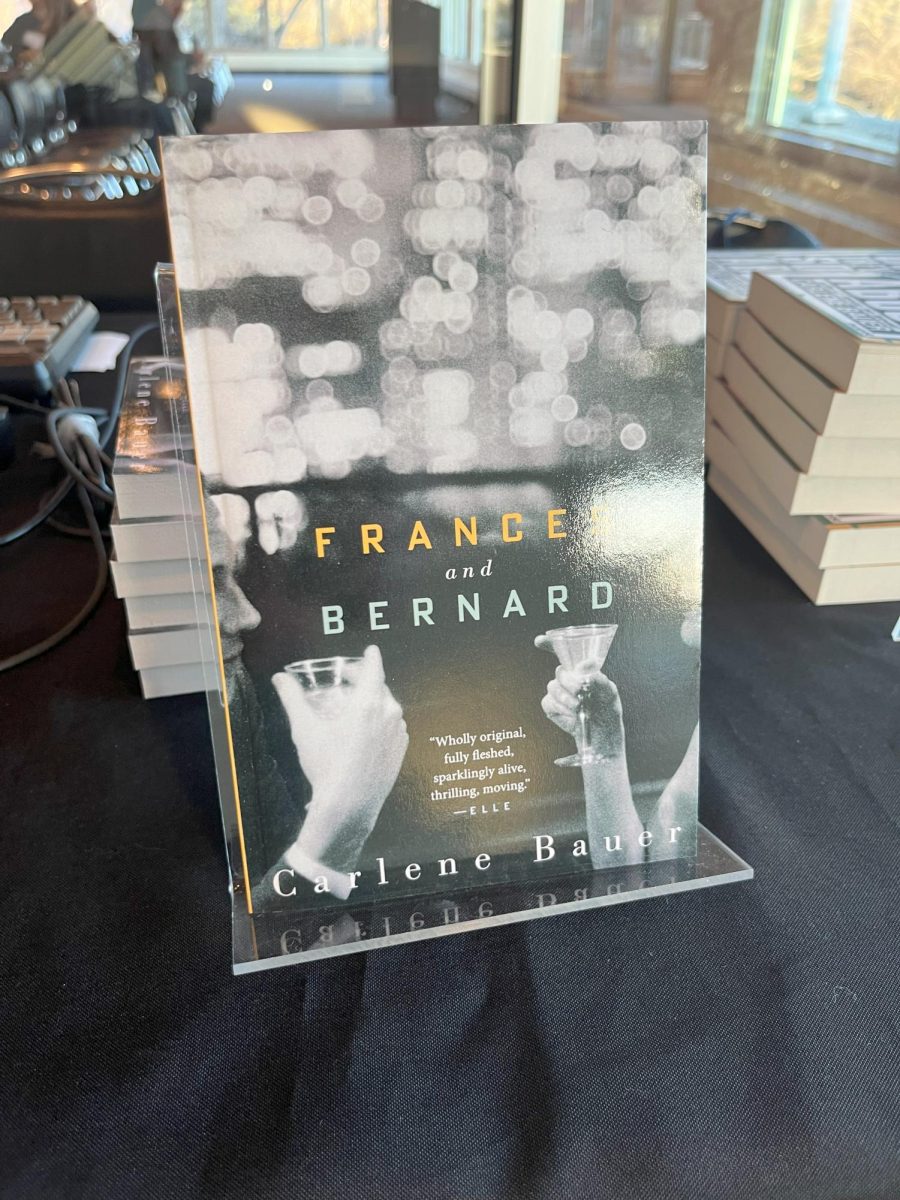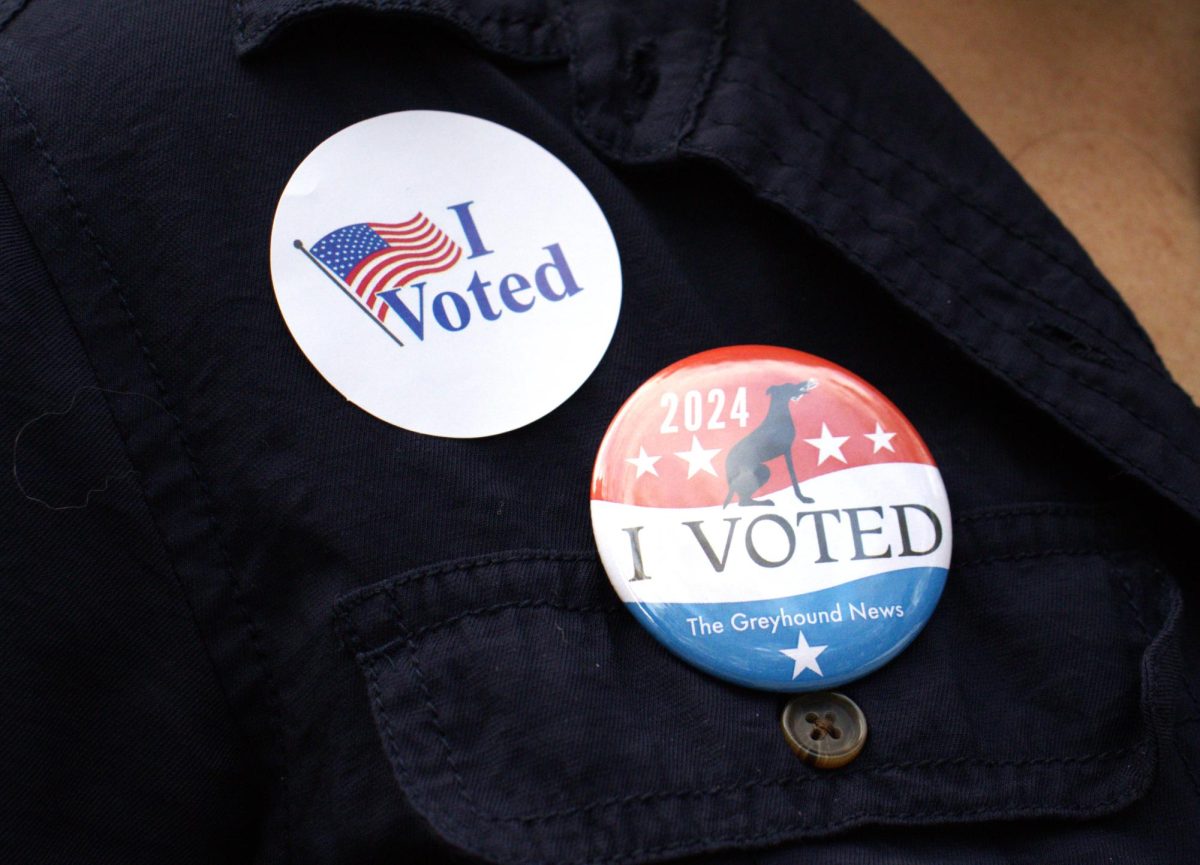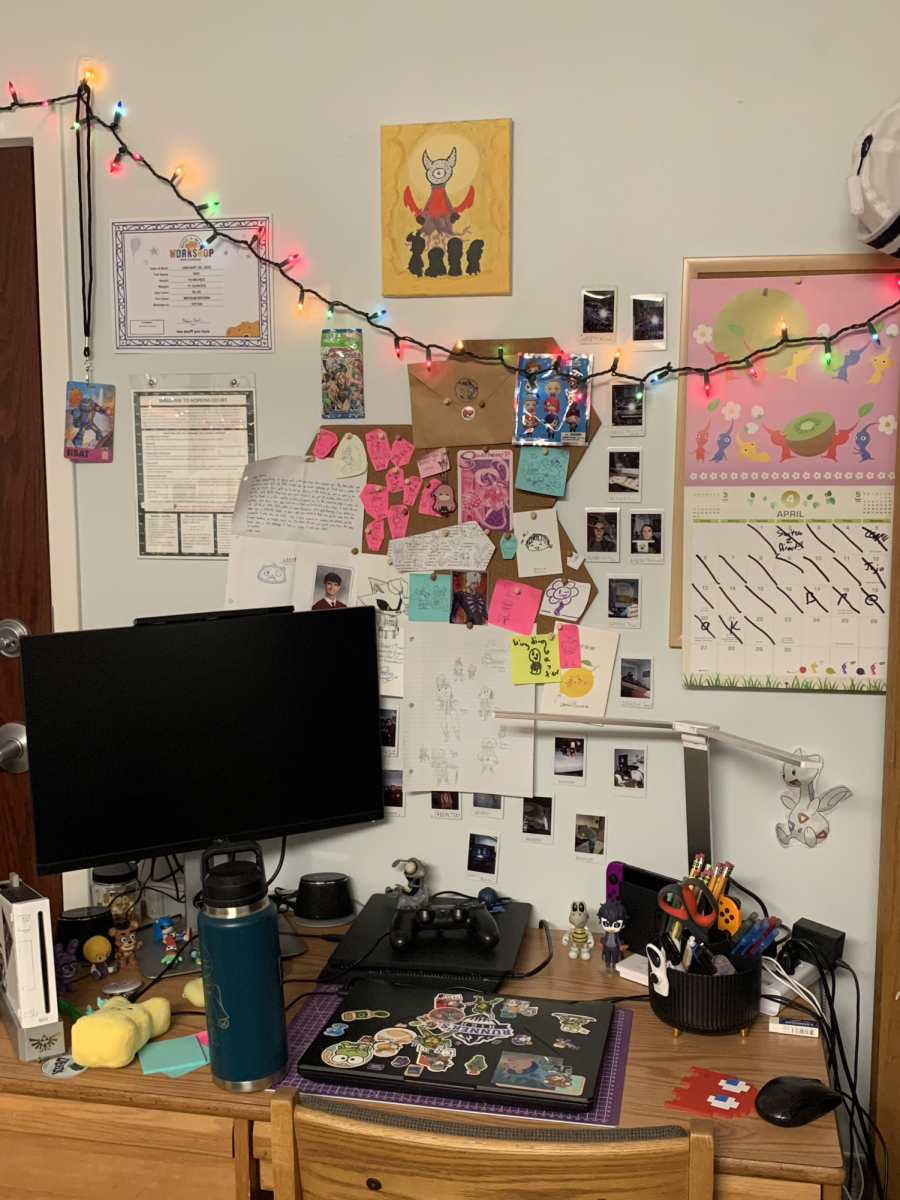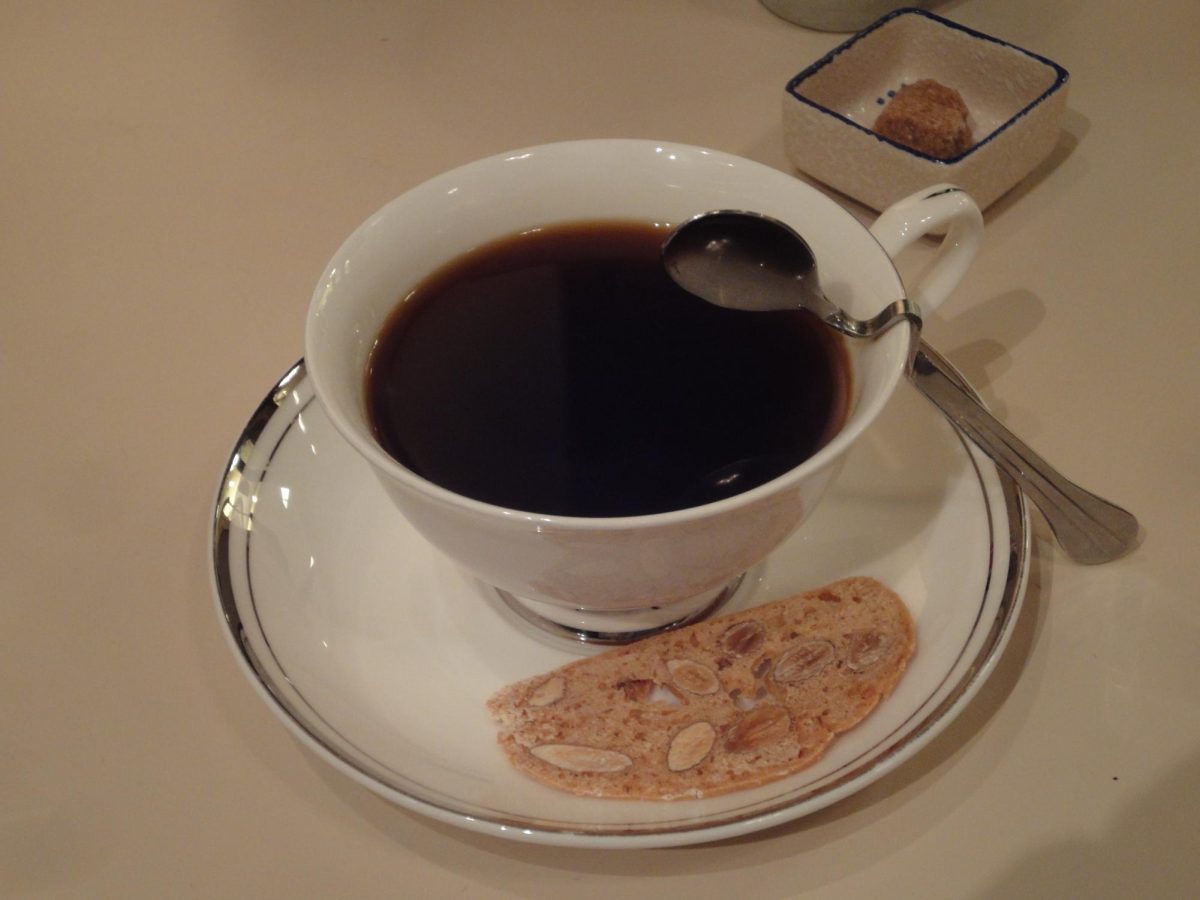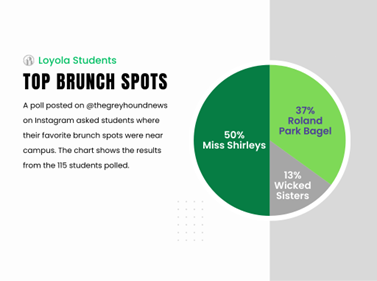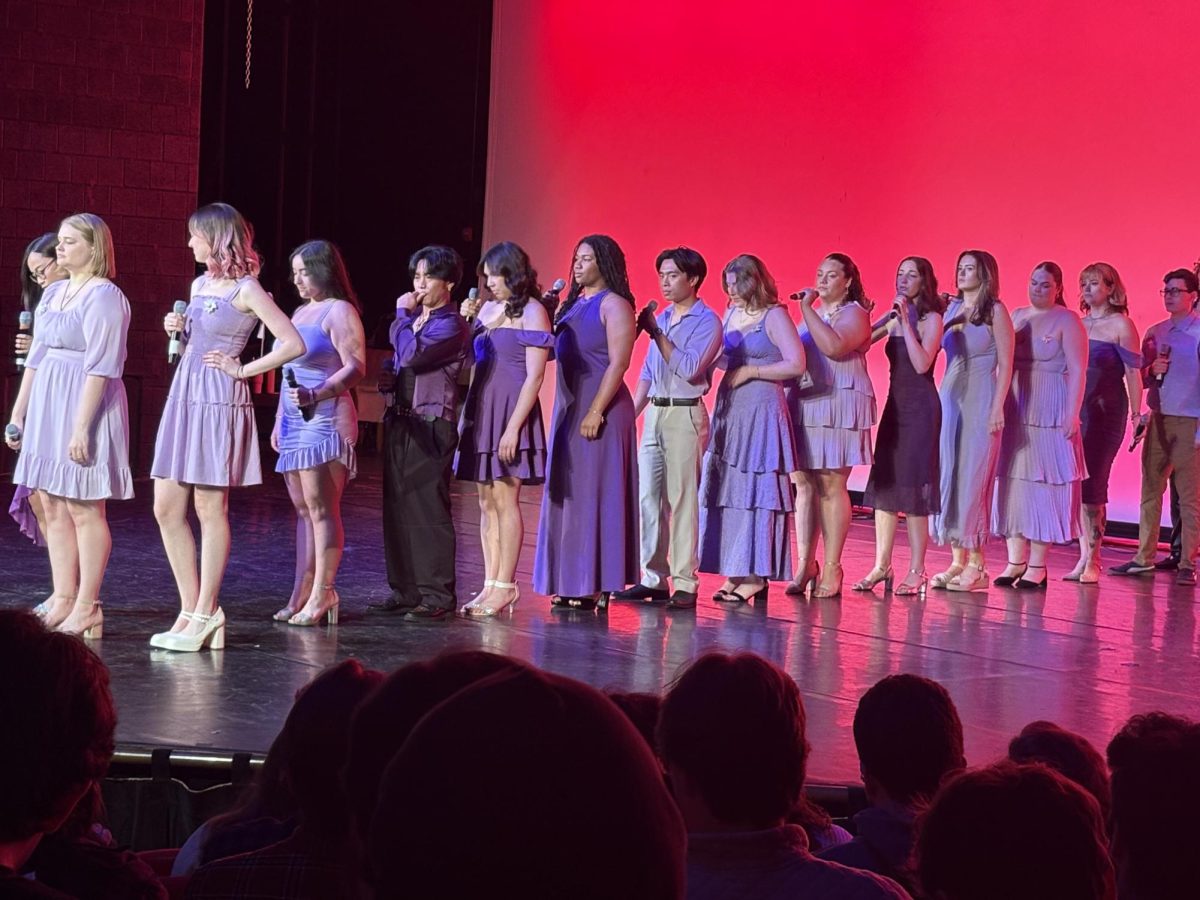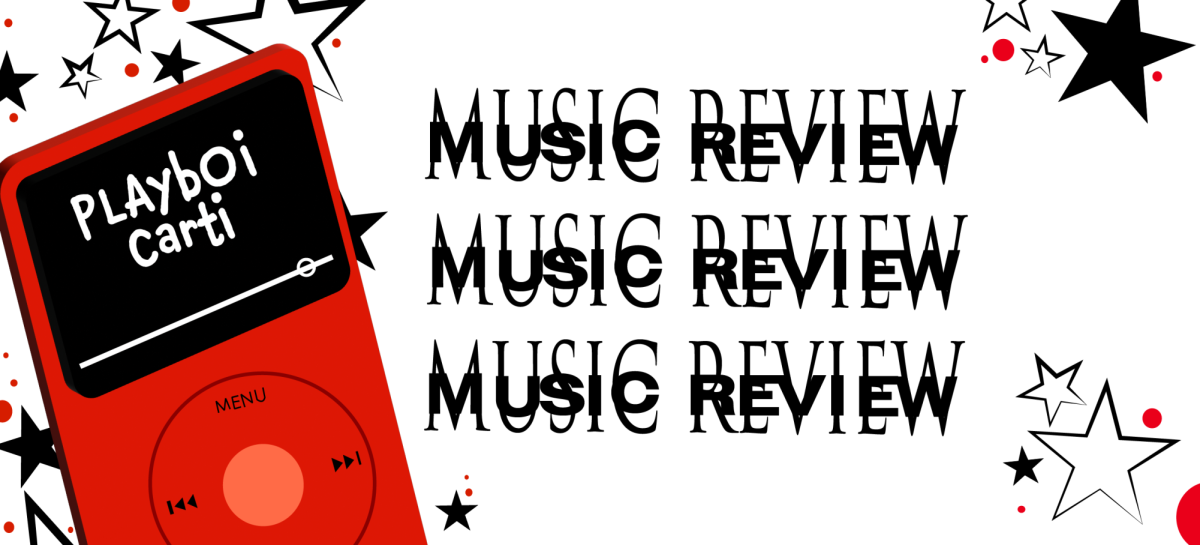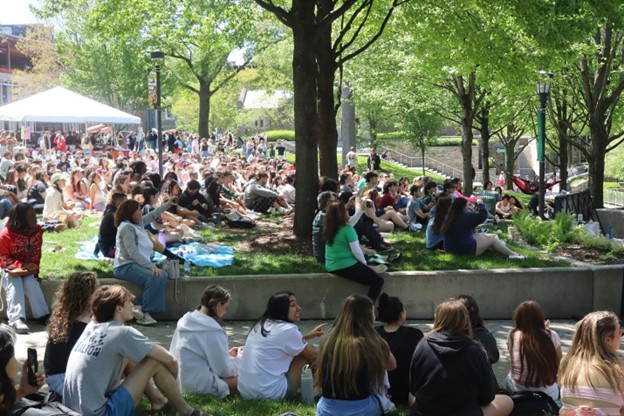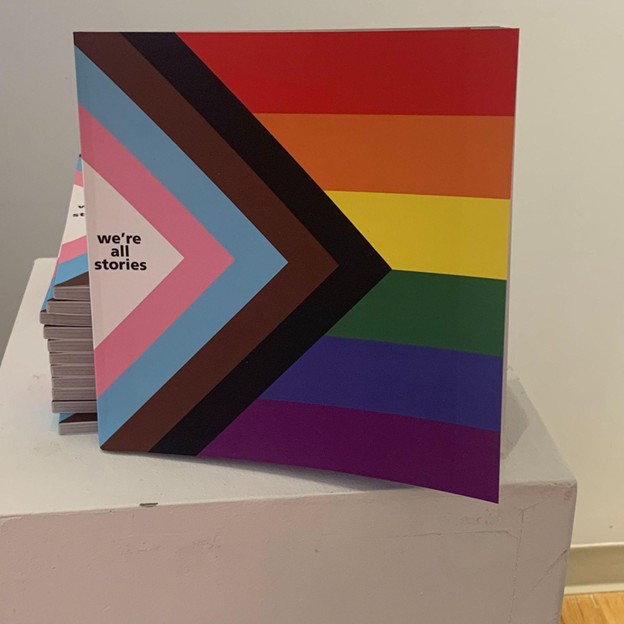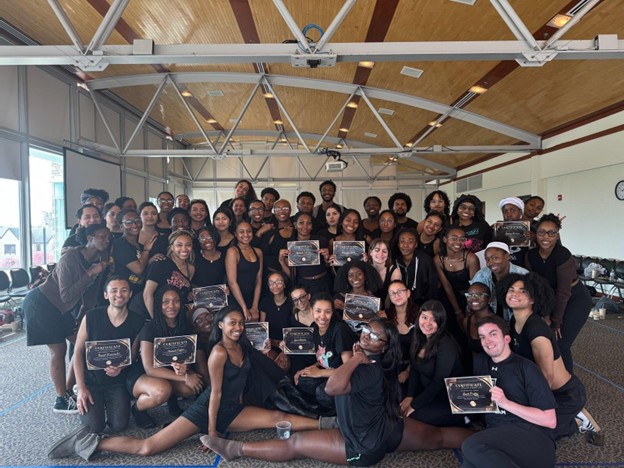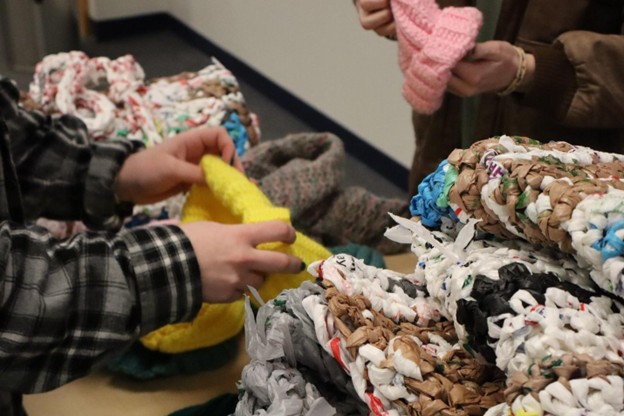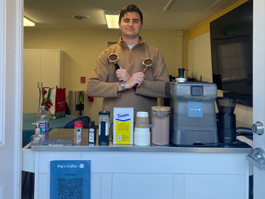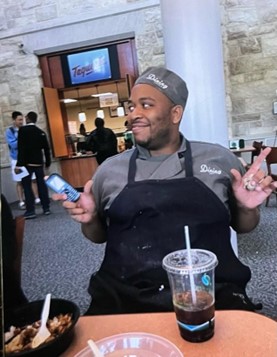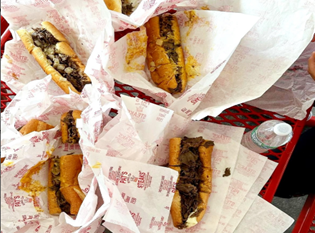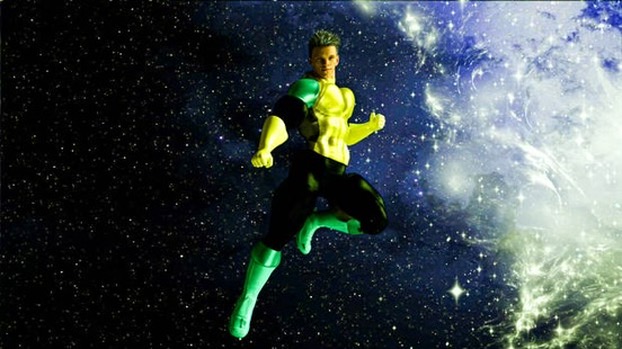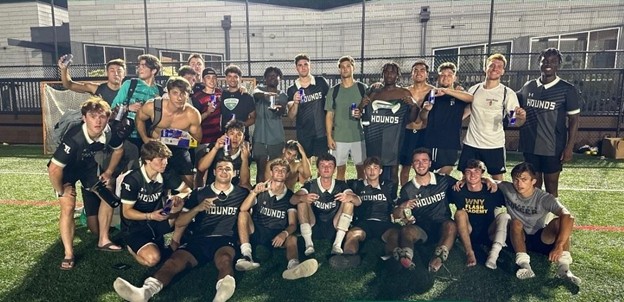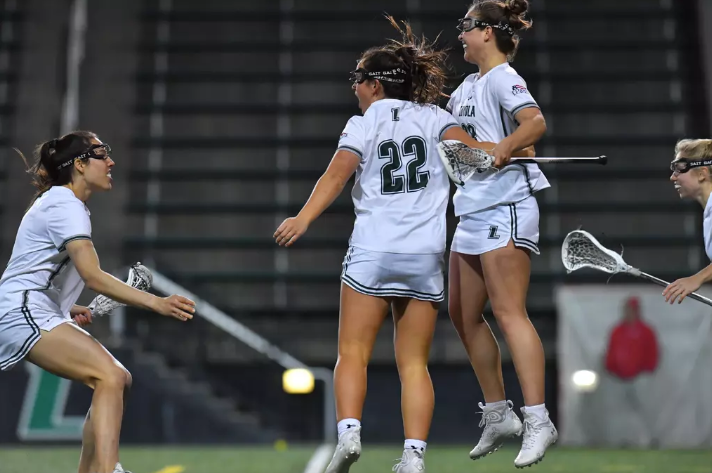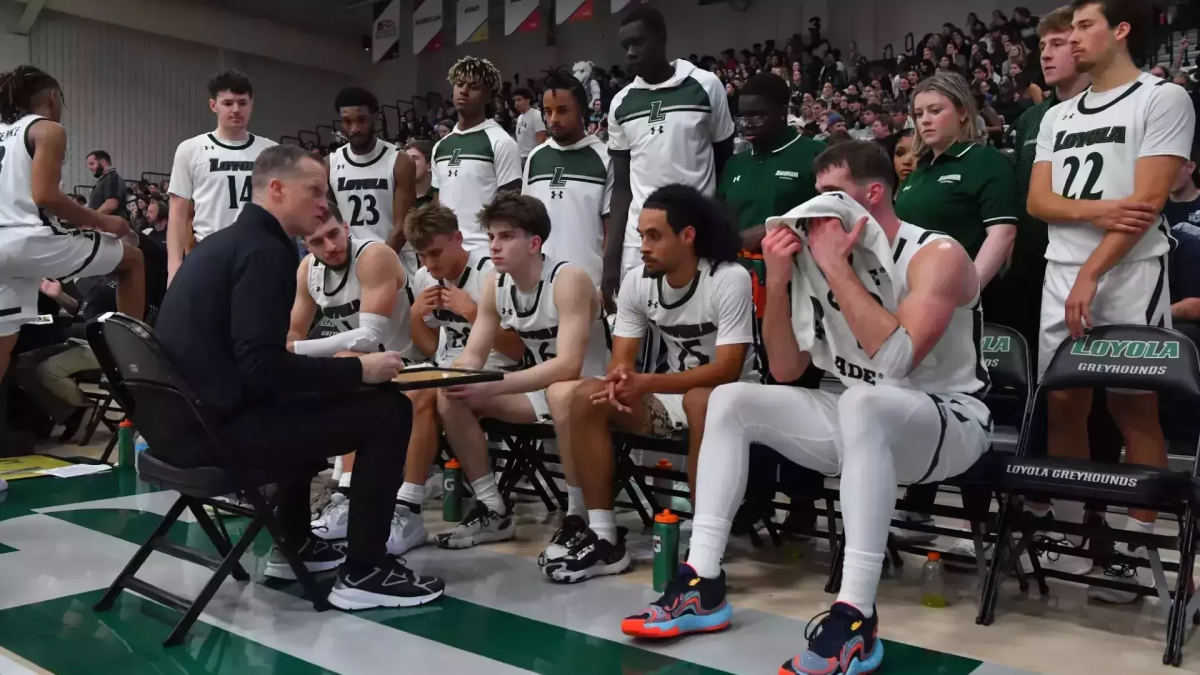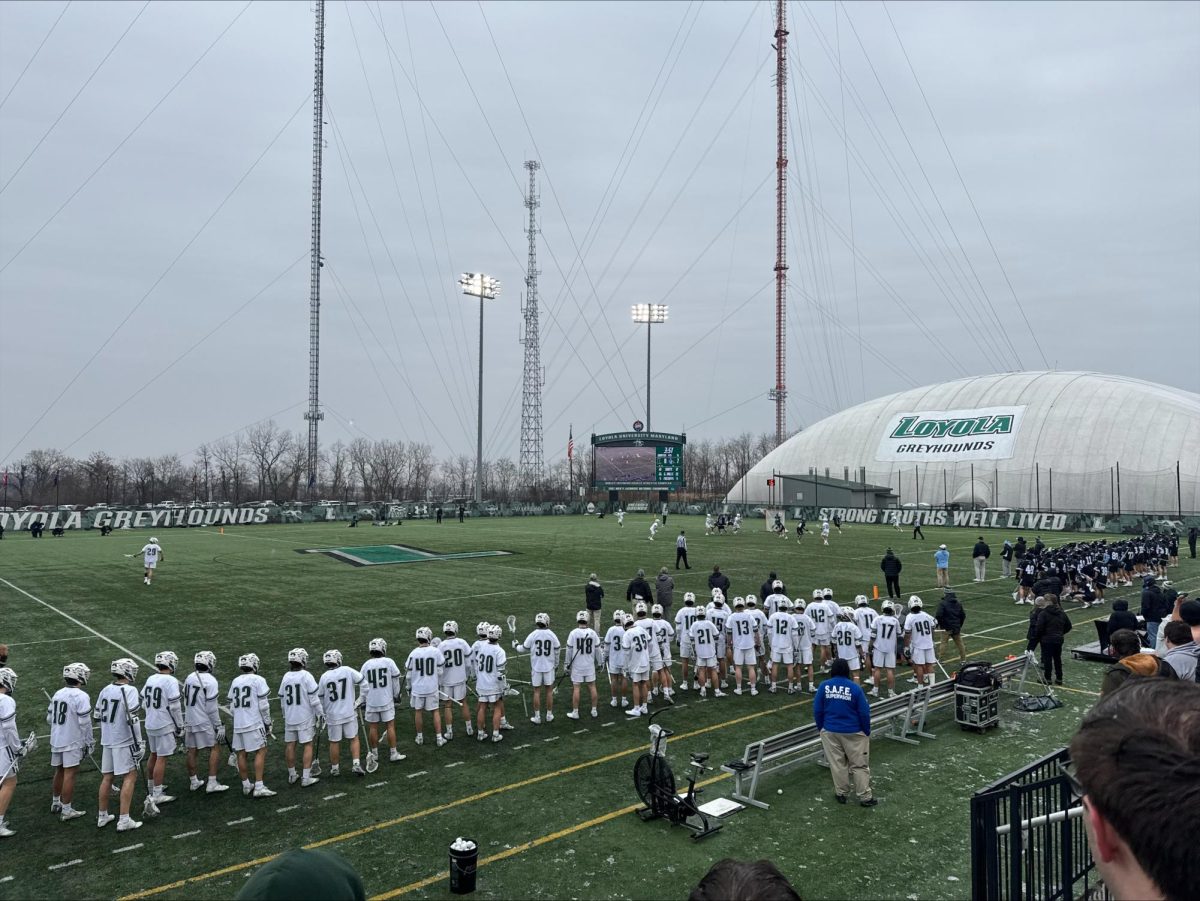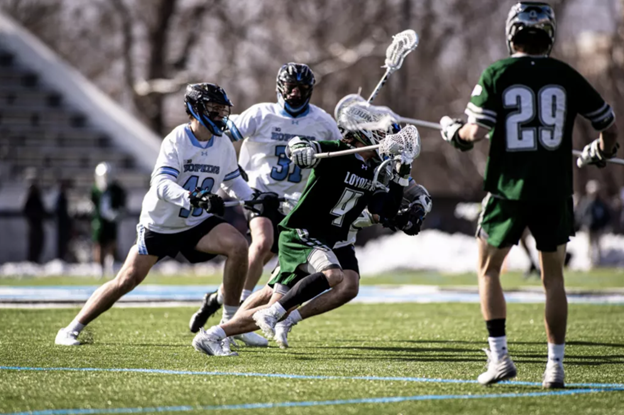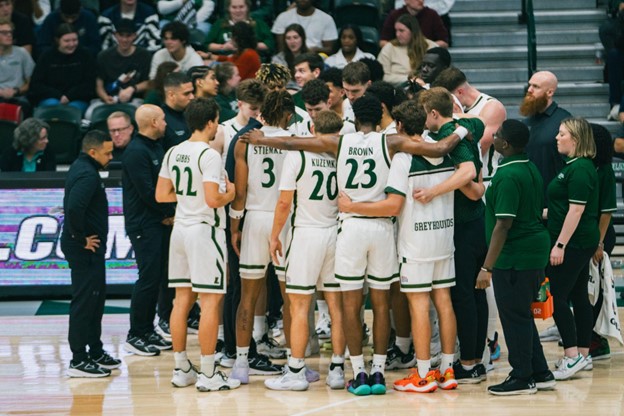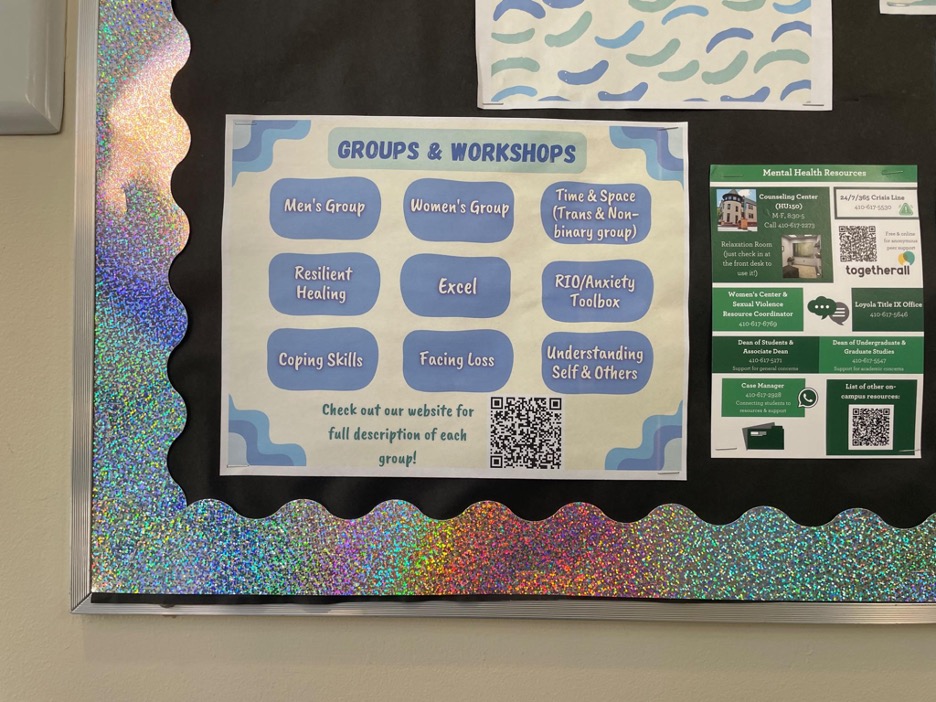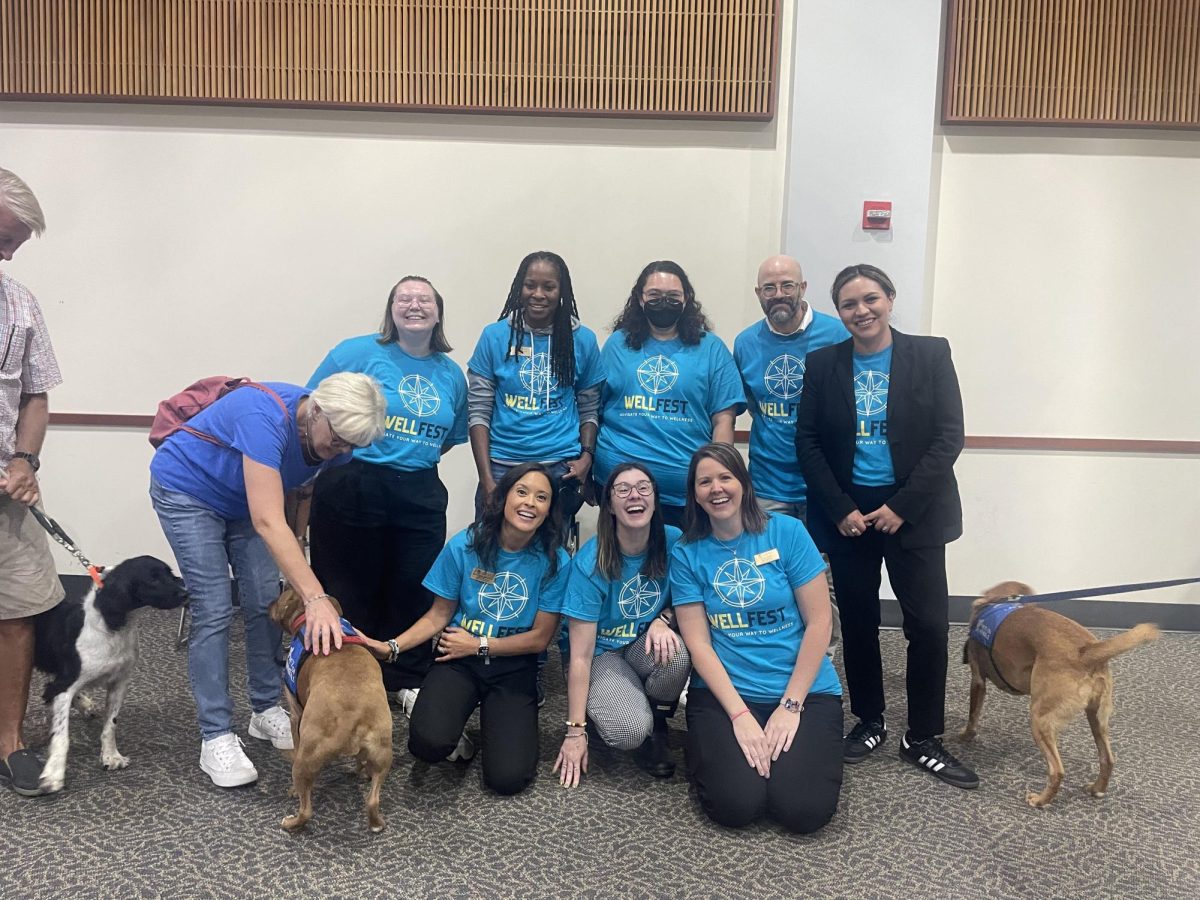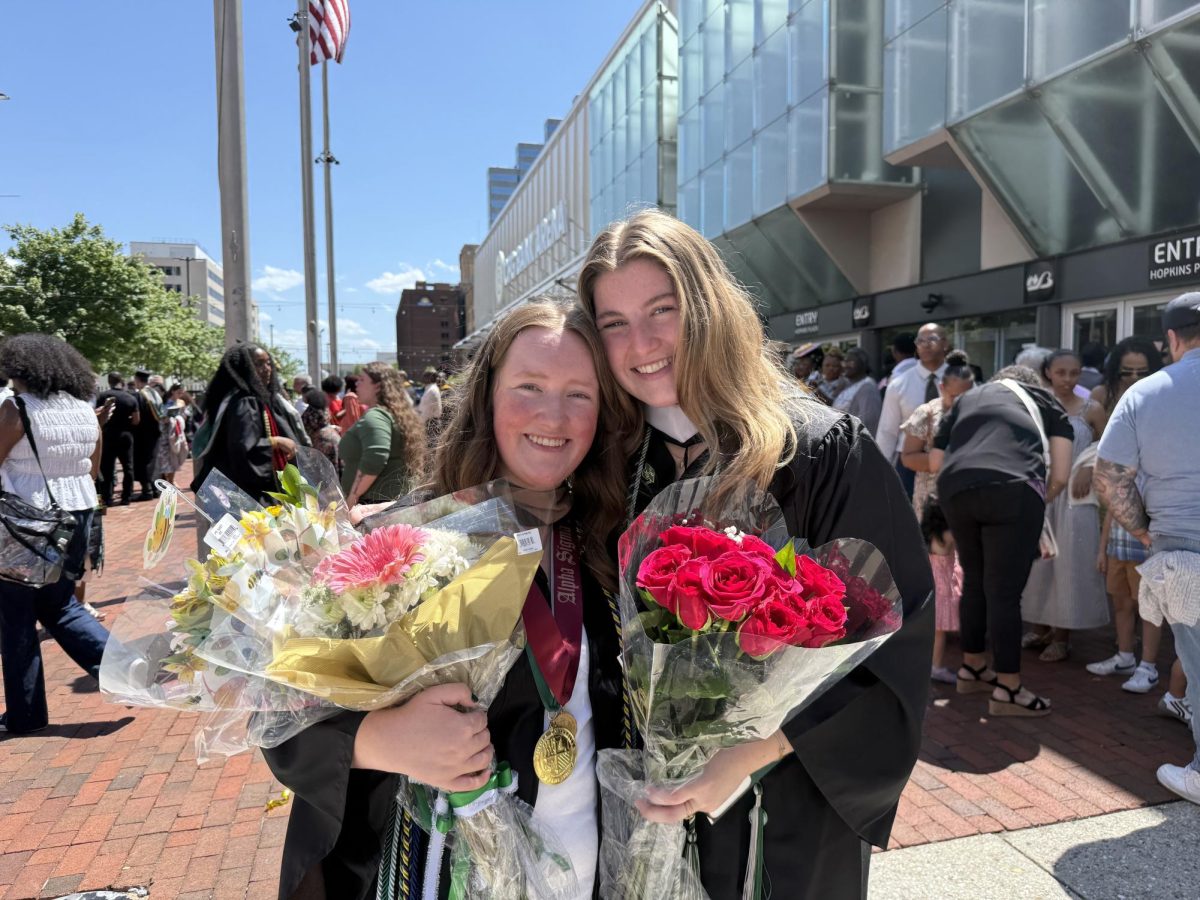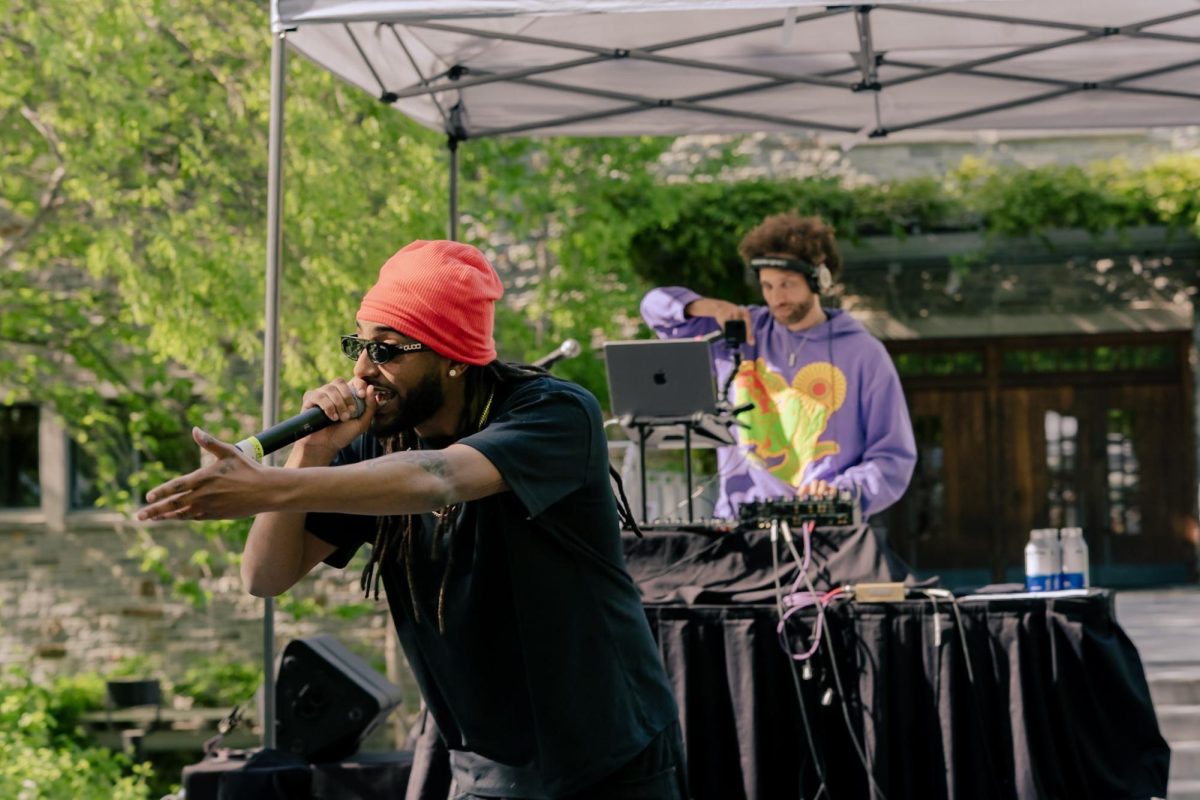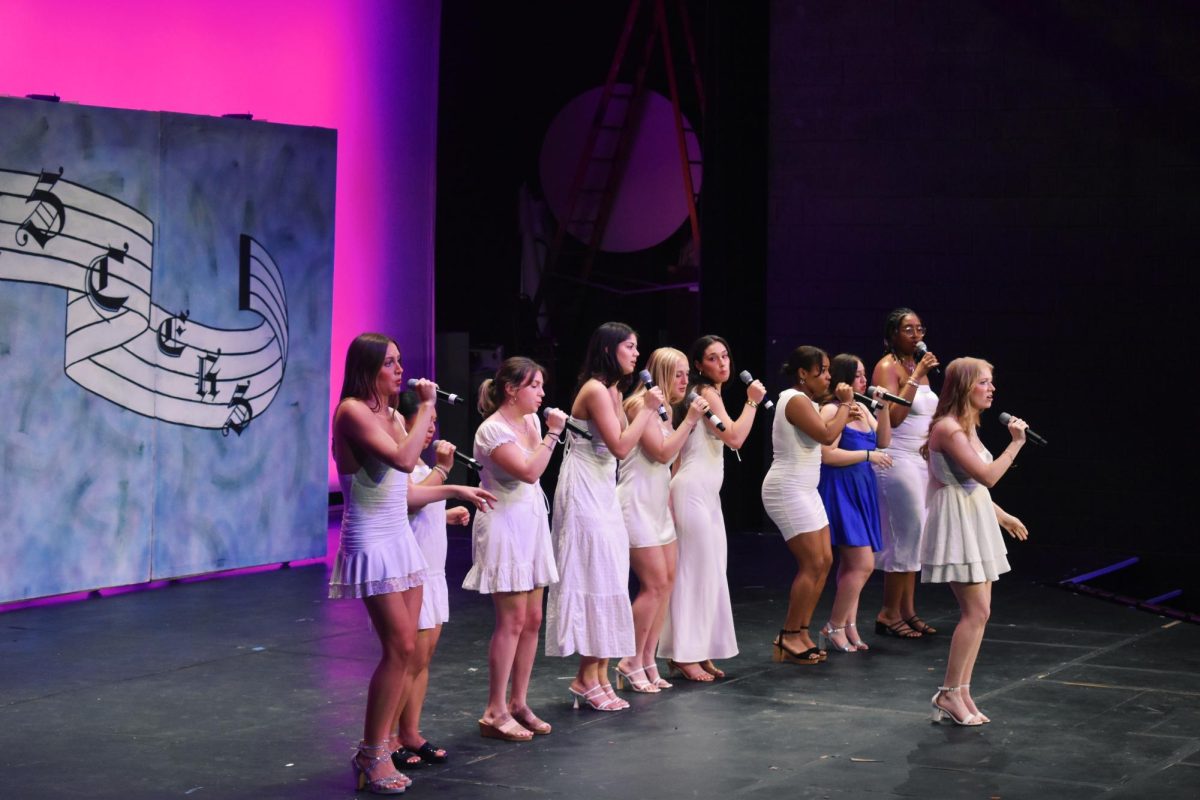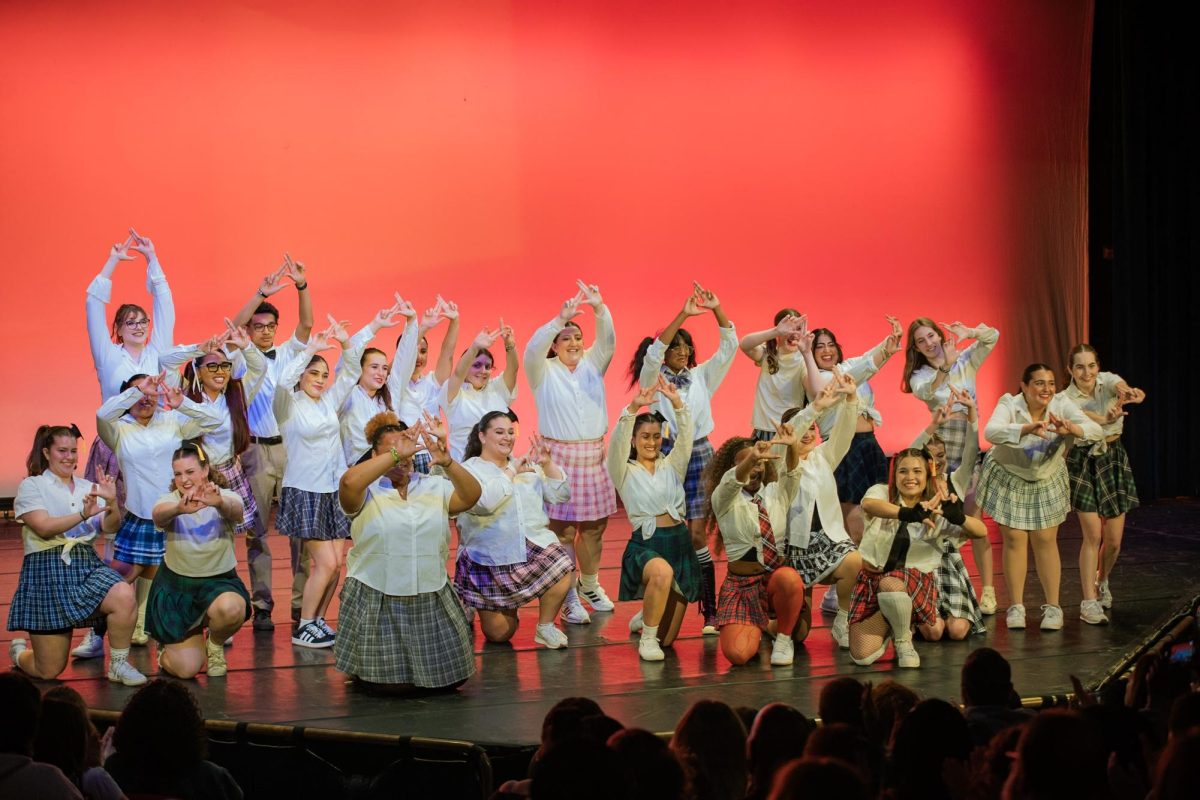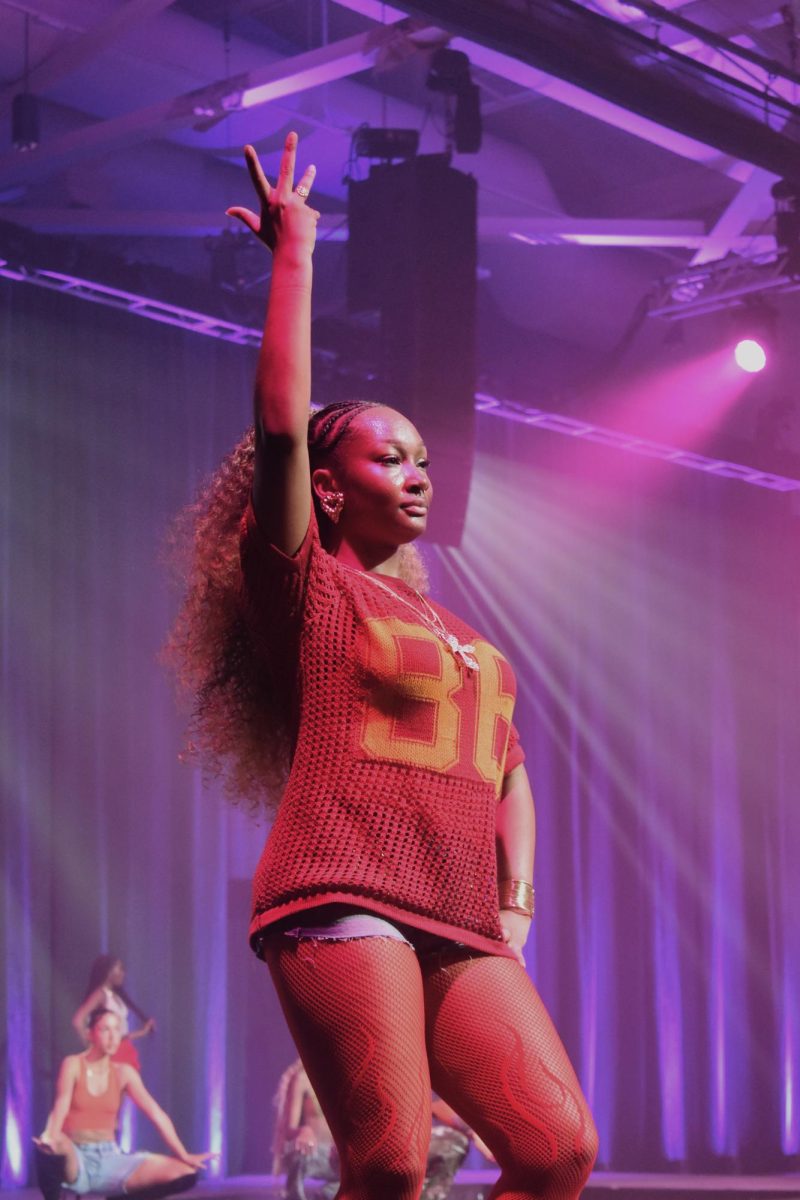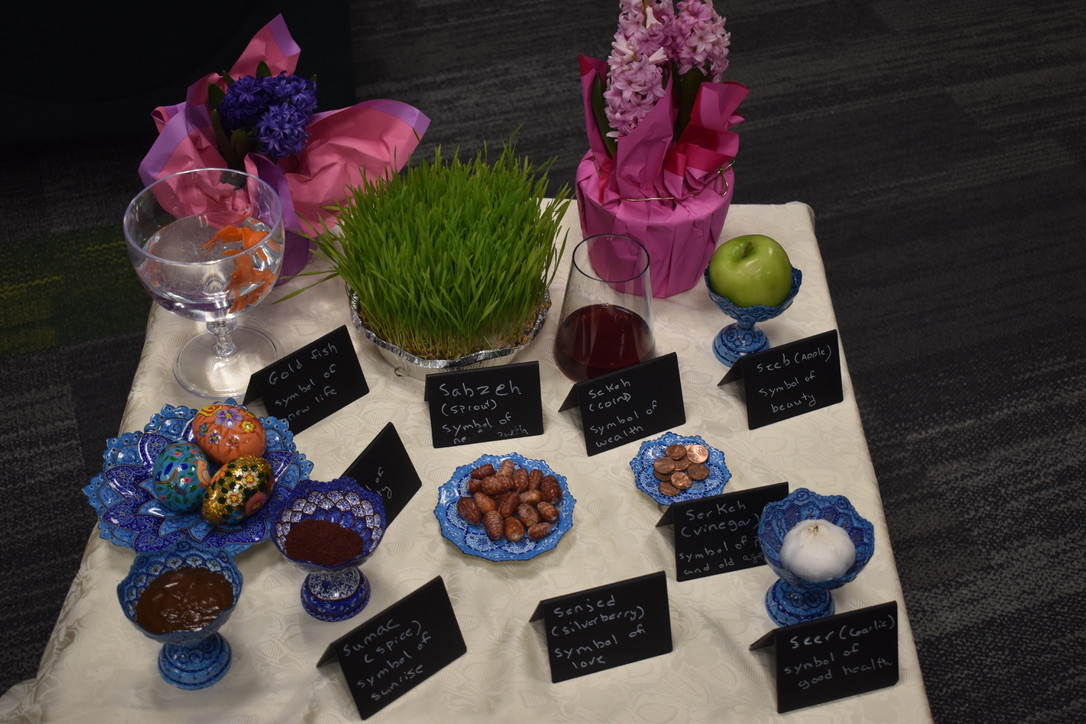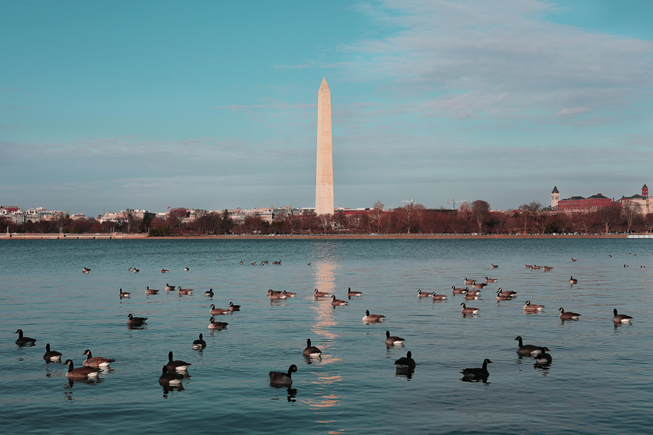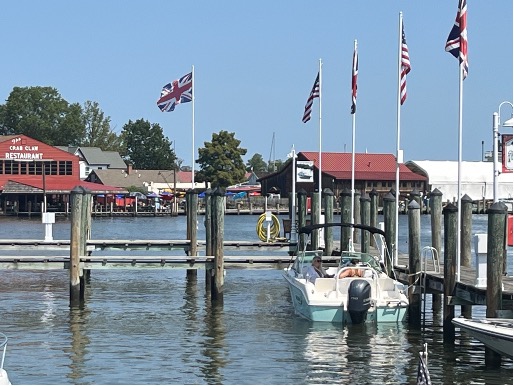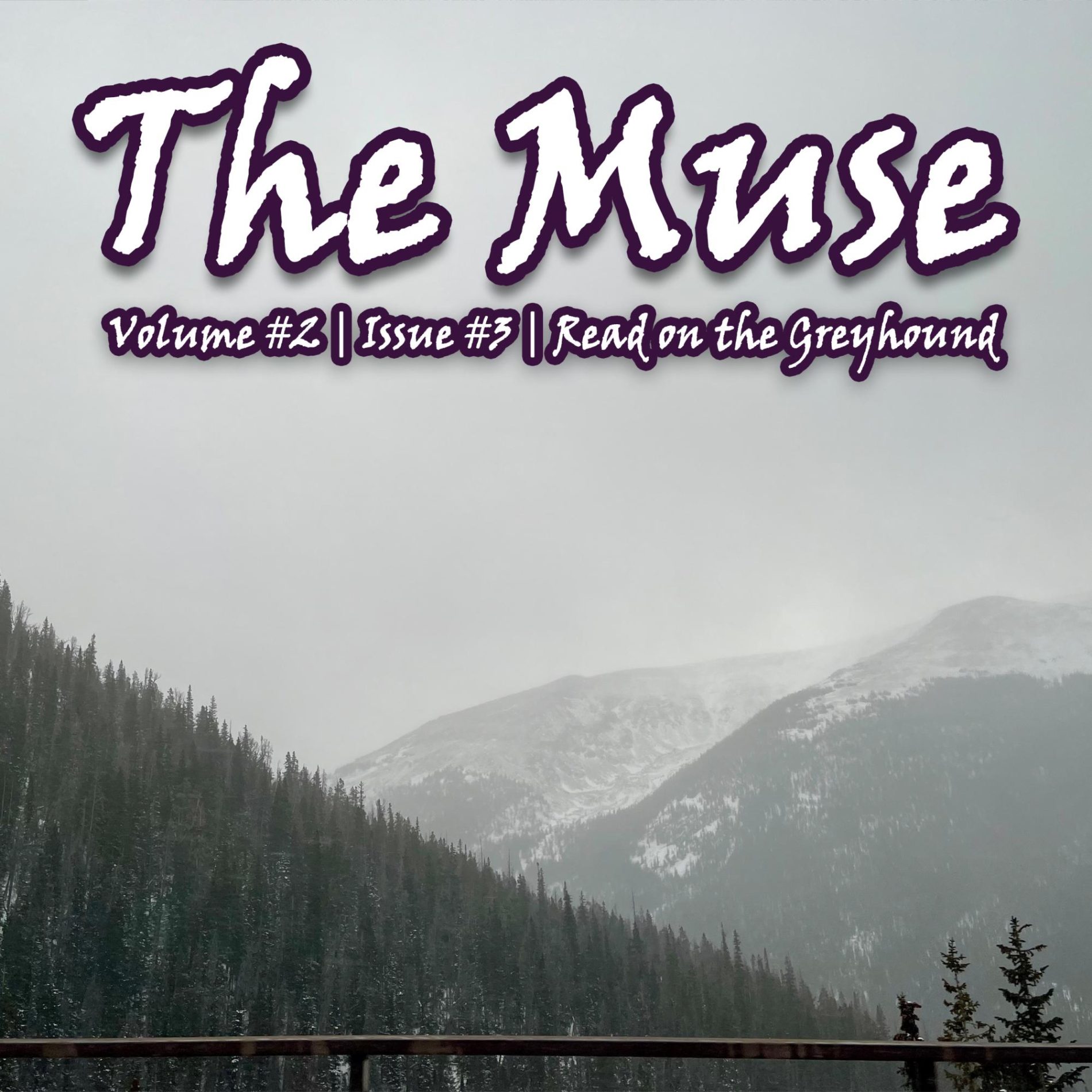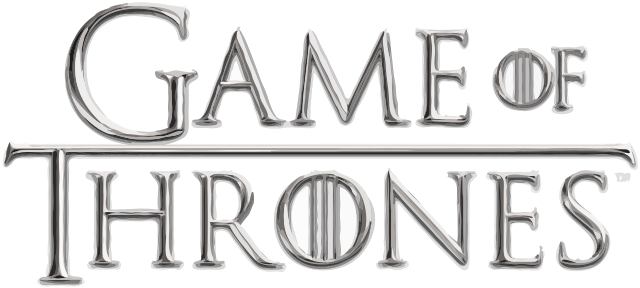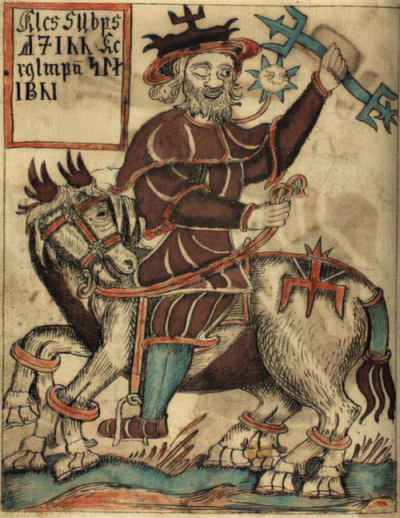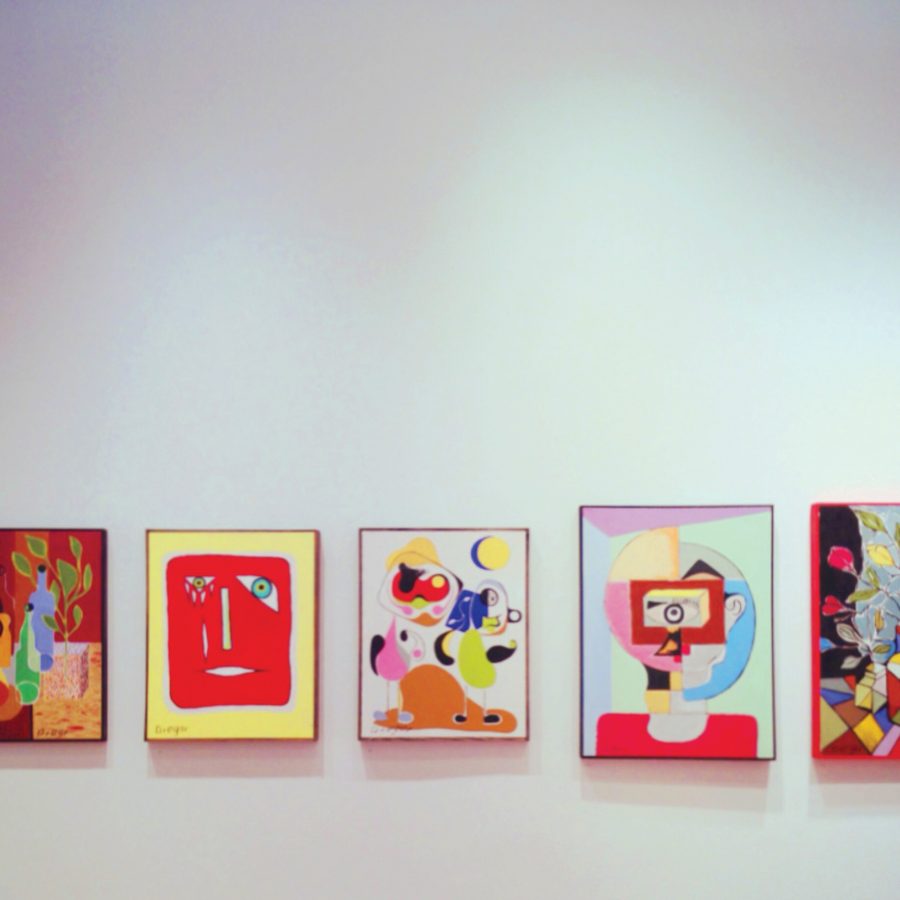The question of “Who can make art?” may not cross the mind’s of many people (except those who might emphatically insist that they, personally, cannot) but it is a concept worth considering, especially in the context of artists with disabilities. The answer to that question, of course, is everyone. “Art-making is inherent to humanity,” says Jill Scheibler, director of Make Studio, a Baltimore organization that provides space and support for artists with disabilities. All of the artists of the current show in the Julio Fine Arts Gallery are Make Studio artists.
Talking about the art made by people with disabilities can prove difficult, as it is often all too easy to fall into language that can be stereotypical and damaging. This is why Scheibler argues that it is useful to view this work through the lens of outsider or visionary art—you may not be used to it, yet it has great merit.
Though all eight artists featured in the gallery’s current exhibition, Take a Look: Mine Ours Yours, have disparate styles and subject matter, it is interesting to note the elements that unite the show, especially color and the use of light.
Louis Middleton, a relatively new painter, makes prominent use of a light color palette and strong lines in his landscapes and portraits that recollect his work as a digital photographer. He gives only the details necessary for comprehension of each piece; his two portraits, “Andrew Carson” and “Haitian Woman,” have only the barest backgrounds, focusing attention on the faces.
By way of contrast, the works of Margie Smeller and Bess Lumsden thrive in detail. Smeller’s work seems to radiate a busy energy with a rainbow of colors and a parade of figures and scenes. “Thinking of Baltimore Bay” is packed corner to corner with trees and buildings, making use of every possible perspective so that every direction is up. Lumsden takes detail in a radically different direction, though with no less joy; her paintings, such as “Occult Kitchen” and “Demonic Bedroom,” are dark and macabre in their subject matter but brightly illuminated and intricately detailed. We are forced to set aside our notions of that which might be evil or sinful, and simply revel in the rich, strange worlds she depicts. Perhaps most importantly, there are no people or figures in her paintings, making each “haunted” snapshot the dominion of the viewer.
Tony Labate, on the other hand, extends an invitation into his world with stylized depictions of himself and the people closest to him, both real and fictional. His use of text and image elevates his drawings beyond simple pictures to loving story-portraits. “My 4 Surrogate…” introduces the viewer to the four women whom he considers his “surrogate mothers” (as well as his biological mother) with a lengthy description of how they all came to be important in his life.
Love and relationships are equally important in the work of Kareem Samuels, whose deliberately cartoon-like and iconic style gives a sense of immediacy and urgency to his work. He also manages to blend pop culture and religious iconography, which makes for a fresh kind of devotional art. In “The City of Truth,” the cross shines in the urban sky like Batman’s beacon.
While Samuels seems to favor people and objects equally, Hal Stebbing focuses solely on figures, both animal and human. His drawings are loose, bordering on the impressionistic; the frenzied lines teeter on the destruction of the entire image yet bring them into greater focus. His most compelling drawing, “Hal’s Friend,” is a spare portrait of a woman, done in colored pencil, that becomes more frenetic as you approach, with colors unnoticed from afar suddenly popping out.
The work of Bradley Jacobs also conveys a sense of tightly confined chaos. Strong, deliberate lines are washed in shifting watercolors. The subjects of “Watercolor Study Quartet” have something of the familiar and the unknown in them, as their shapes seem to suggest an object that their execution deliberately masks.
The paintings of Greg Bannister also managed to convey this sense of abstraction, drawing as they do from cubism and surrealism. His colors are vivid, his shapes deliberate and his technique finely honed. The abstract figures of “Loose Characters” almost wriggle with motion even as they defy easy identification.
Drawing from a long history of artistic traditions, each artist represented manages to make something truly new. The majority of the works are on sale, and a price list is available upon request. The show will be up from September 9 to October 17.



